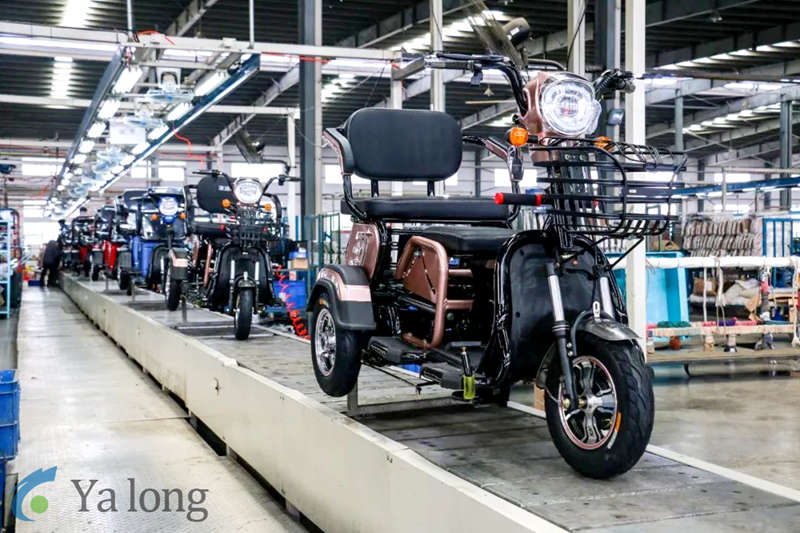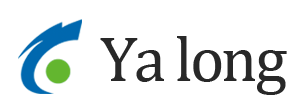The tricycle production line adopts an automated conveying line to accurately control the circulation rhythm of the tricycle at each station. Transport through chains, belts or rollers to smoothly transport the frame and vehicle, adapt to the needs of different assembly stages, avoid inefficiencies and errors in manual handling, make the production rhythm clear and controllable, and ensure the continuity of the assembly process of each tricycle.
Advantages and characteristics of the tricycle assembly line:
1. Professional assembly station: Set up a customized assembly table, the height and operating space are in line with workers 'working habits, and integrate tool hangers and parts temporary storage areas to facilitate easy access to screws, motors, carriages and other parts. For example, battery and motor installation stations are equipped with auxiliary tooling to help workers quickly align and tighten, and improve assembly accuracy and efficiency.
2. Automated auxiliary equipment: Introduce a robotic arm to participate in welding, spraying and other links to accurately complete the welding of the frame to ensure uniform and firm welds; the automatic spraying robotic arm achieves uniform coverage of car paint and improves appearance consistency. Reducing manual operating deviations can also cope with high-intensity production, making tricycle manufacturing more standard and efficient.
3. Efficient testing equipment: Embed online testing units, such as brake performance tester and motor power tester, to monitor key indicators in real time during assembly. Once it is found that the brake sensitivity of a tricycle is insufficient and the power system is abnormal, it will immediately give early warning feedback to intercept substandard products, protect product quality from the source, and reduce later repair costs.



